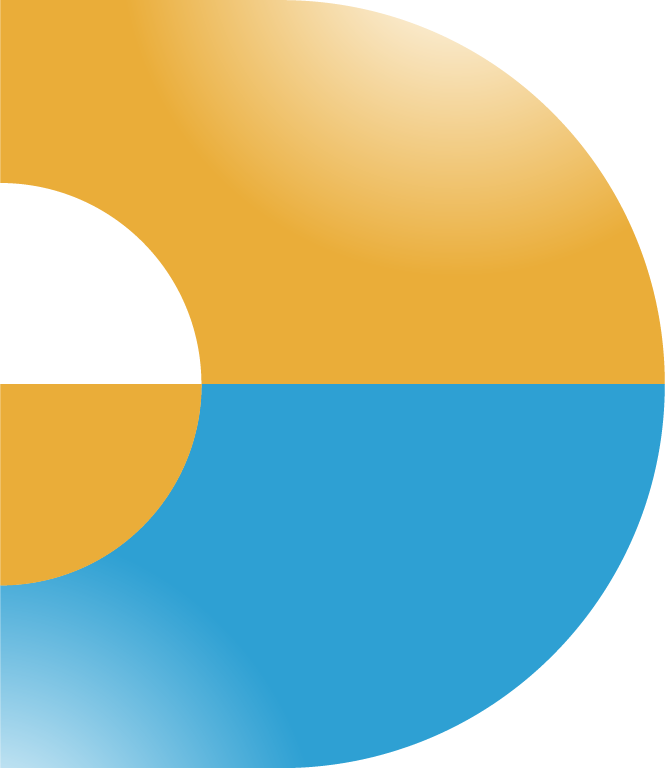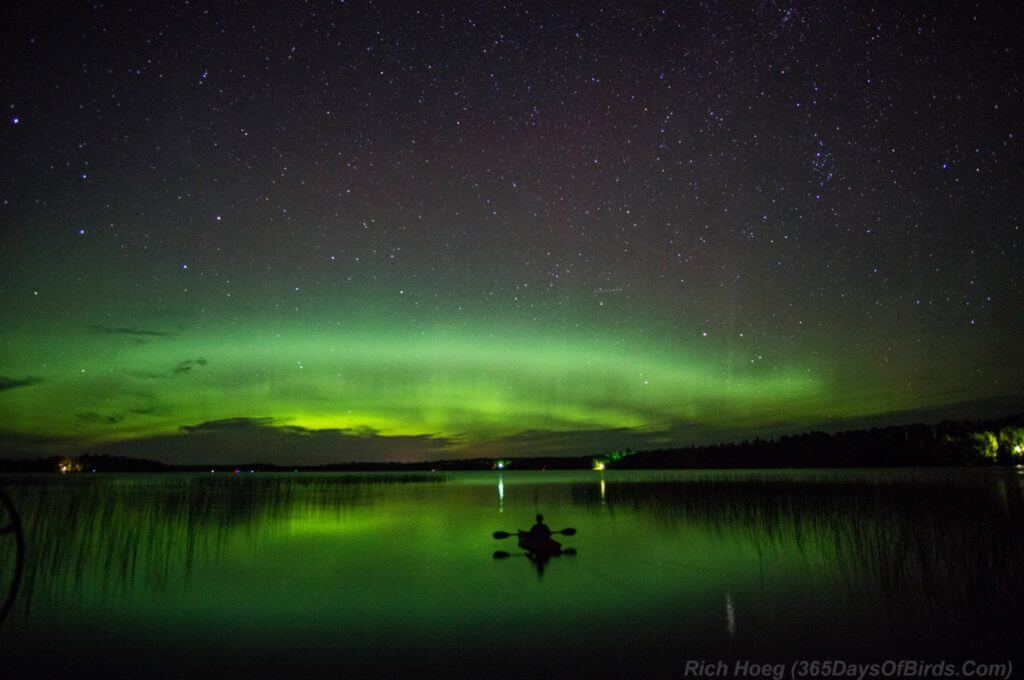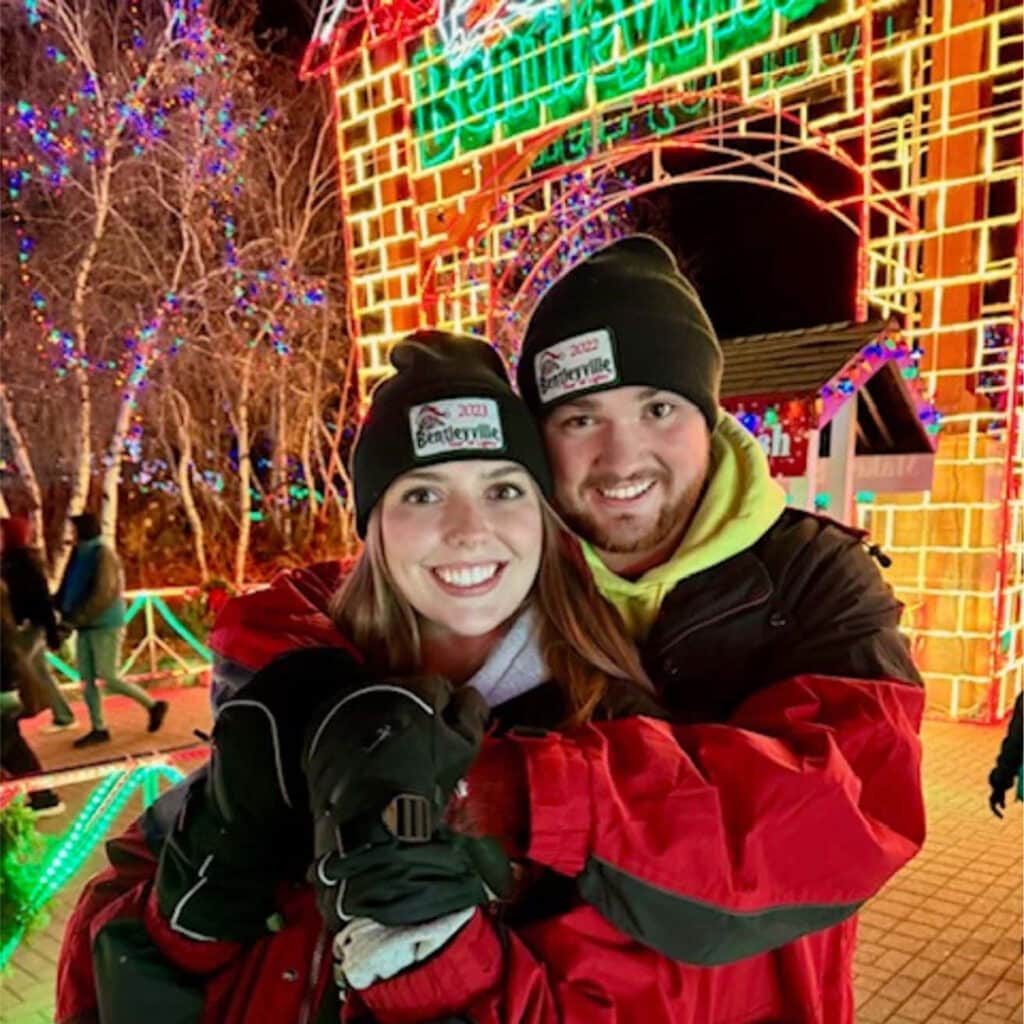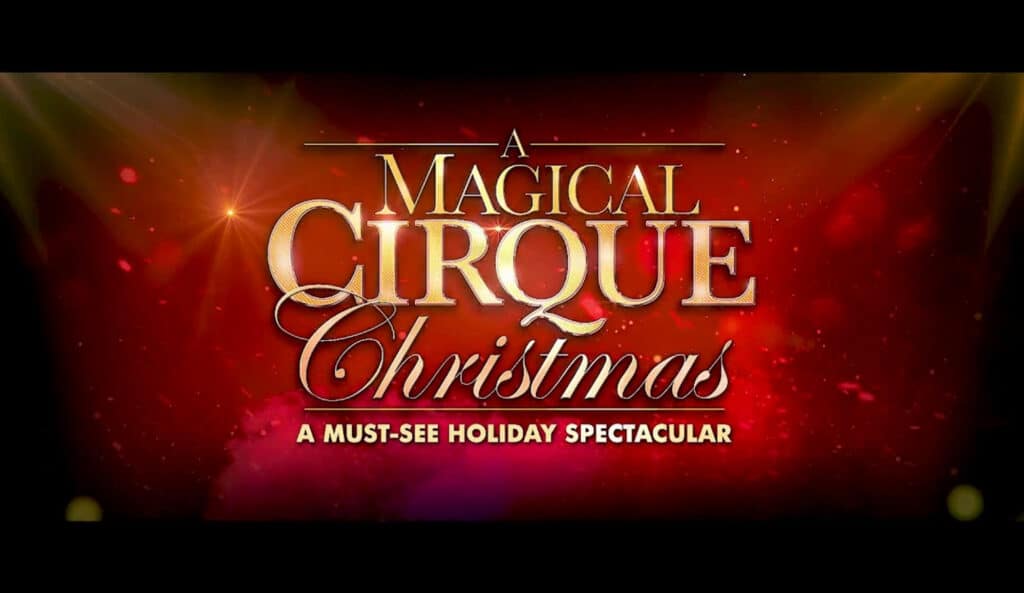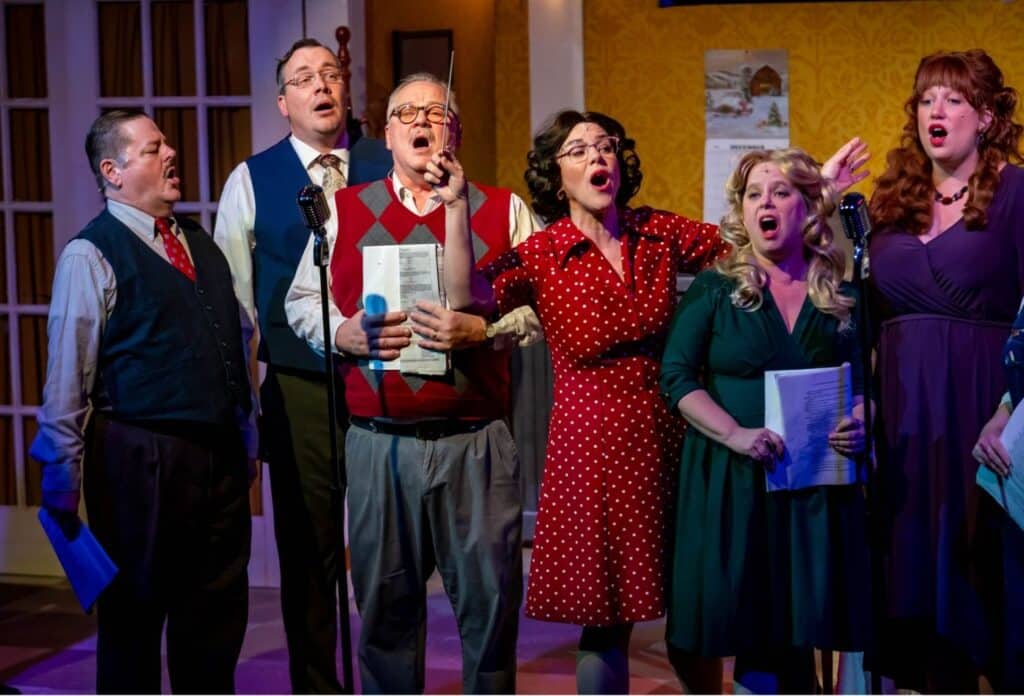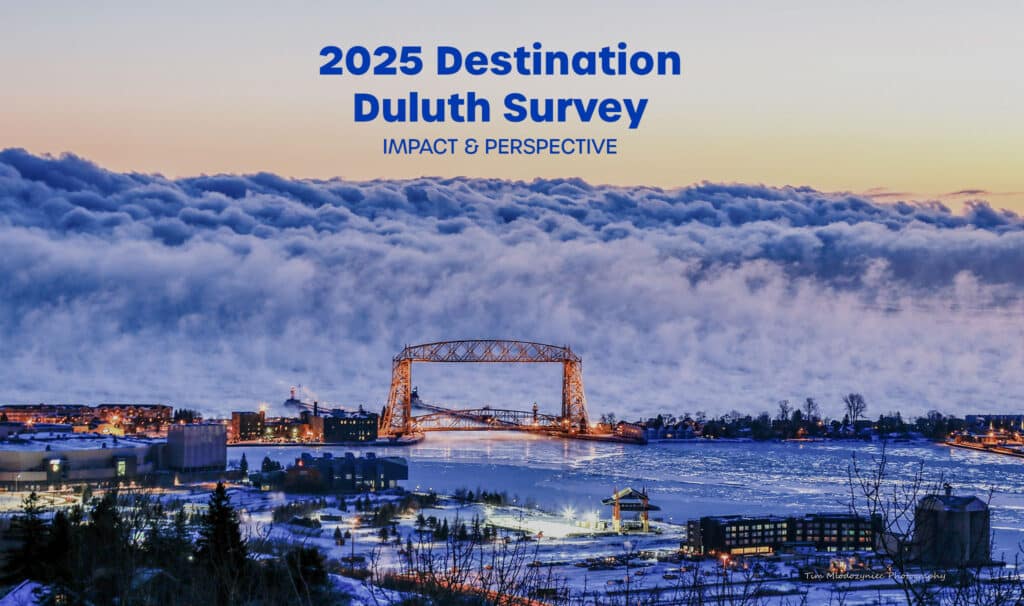Pro Aurora Hunter Tips for Beginners
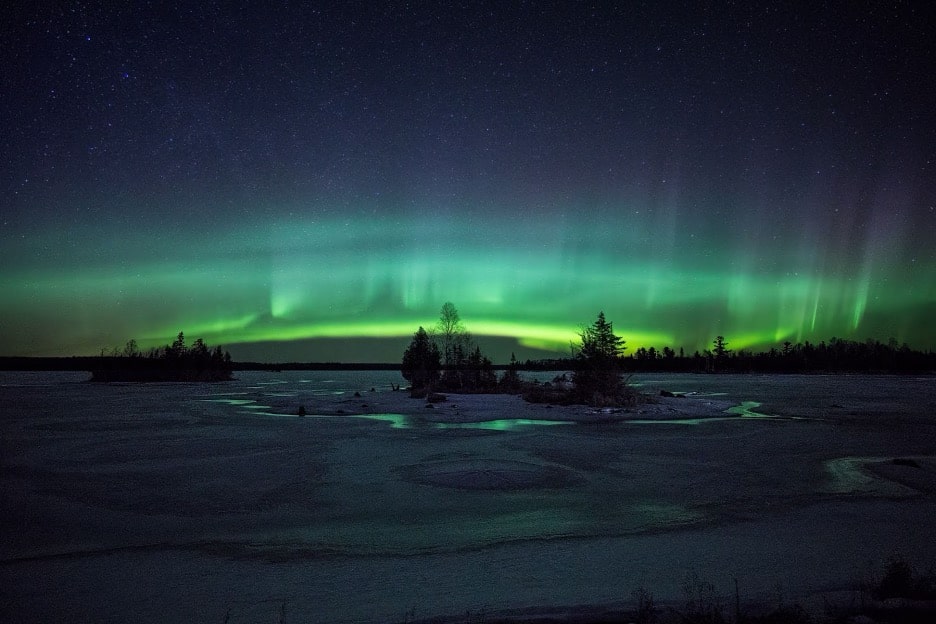
Overview
Northeastern Minnesota is considered by many to be the best area to view the Aurora Borealis (Northern Nlights) in the continental United States due to both its proximity to magnetic north (northern Hudson Bay) and our very dark skies. This article will answer the question of WHY NE Minnesota, WHEN to see the Northern Lights, HOW to photograph the show, and WHERE to go for the Top 5 Northern Lights Viewing Spots on Minnesota’s North Shore
WHY
Northeastern Minnesota?
The chart below is from NOAA (National Oceanic and Atmospheric Administration … the U.S. Weather Service). It is NOT a forecast. Instead, assuming other conditions are ideal it shows the southern limit of where the Northern Lights may be viewed assuming a given Kp forecast. Note how the viewing lines for a Kp of 5 dips down into northern Minnesota, but then moves up towards Alaska and Iceland which are considered great viewing locations.

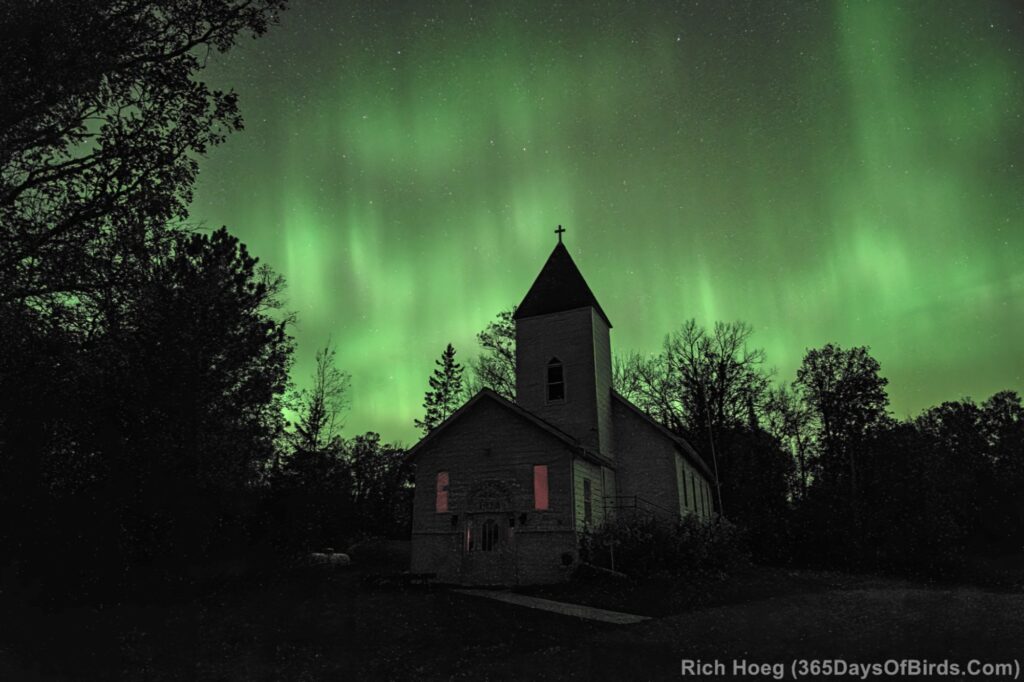
WHEN?
Forecasting the Northern Lights
For beginners, be aware that popular media predictions are unreliable. The best Northern Lights forecasting tool is a service from the National Weather Service (NOAA) named Ovation Aurora. Ovation uses actual satellite and earth bound data sensors to predict whether the Aurora will dance 40 minutes into the future. TIPS TO REMEMBER:
Immediate Forecast
• Forecast is 40 minutes in the future
• Uses Ovation Aurora … want 60 Ghz or higher in NE Minnesota Based upon real time satellite and earth bound magnetic sensor data
• Pay attention to short term trends!
Example …
• Check Ovation 4 hours prior to sunset
• Recheck 2 hours before sunset
• Recheck at sunset
• Recheck 1 hour after sunset
• If Ovation is steady above 60 Ghz or rising, head out!
Short Term Forecast
Based upon observed Coronal Mass Ejections (CME’s) observed on the sun’s surface within the past 3 days. CME’s if pointed at earth often cause Auroras
• Forecast is 1 to 3 days in the future
• Want Kp index of 5+ in NE Minnesota. Much easier to use our recommended app. See below for app recommendation.
• SpaceWeather Live provides an excellent 3 day forecast, but using Destination Duluth’s recommended app will likely be much easier AND is specific to wherever you are located. See immediately below for our app recommendation.
Forecasts over 3 days in the future are worthless! Do not use. Based upon 28 day old data
Recommended Northern Lights App
Aurora-Alerts which is available for both Apple and Android devices. The app provides Aurora forecasts, current conditions, and alerts. IGNORE the long term (over 3 days) forecasts found within this app.
- Install Links: Aurora-Alerts Web Site
- Rich Hoeg’s review and annotated help screenshots for Aurora-Alerts
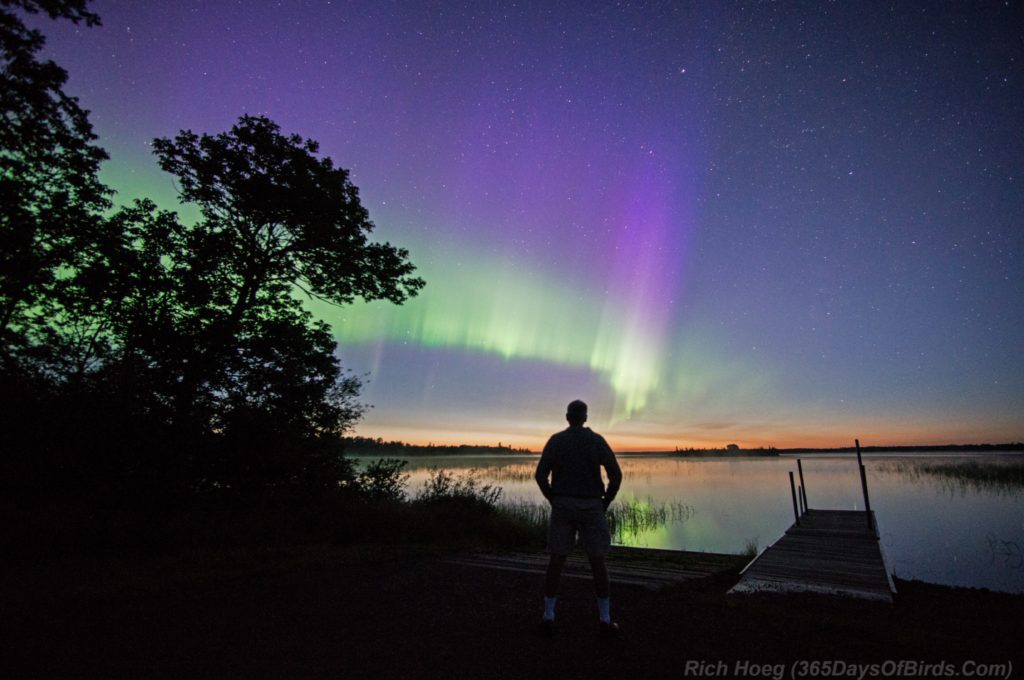
HOW?
Photographing the Northern Lights
You may wish to photograph the Northern Lights. With a little advance planning, this is very possible. While a good camera (mirrorless or DSLR) is preferred for night photography, even mobile phones now have good night photography settings. Given camera shutters will be open for many seconds, a tripod is a MUST for all cameras including phones to prevent blurry images.
Use these settings as a starting point and then adjust based upon results. Adjust your exposure and ISO settings up or down to affect how much light your camera’s sensor captures. Remember, higher ISO settings yield more noise in your photographs and blow out images by capturing too much light. Finally, the earth is rotating at thousands of miles per hour underneath you. Exposure settings longer than 20 seconds will tend to smudge your stars and give you star trails. Longer exposure times also make it difficult to capture Aurora spikes or rays. These settings assume little to no moonlight.
• Aperture: 2.0 (or as wide open as possible on your camera)
• Exposure: 3 to 10 seconds
• Focus: infinite
• ISO: 2400 to 3200
• White Balance: tungsten or auto
• Use of a tripod is a must
• Use a 2 second shutter release delay
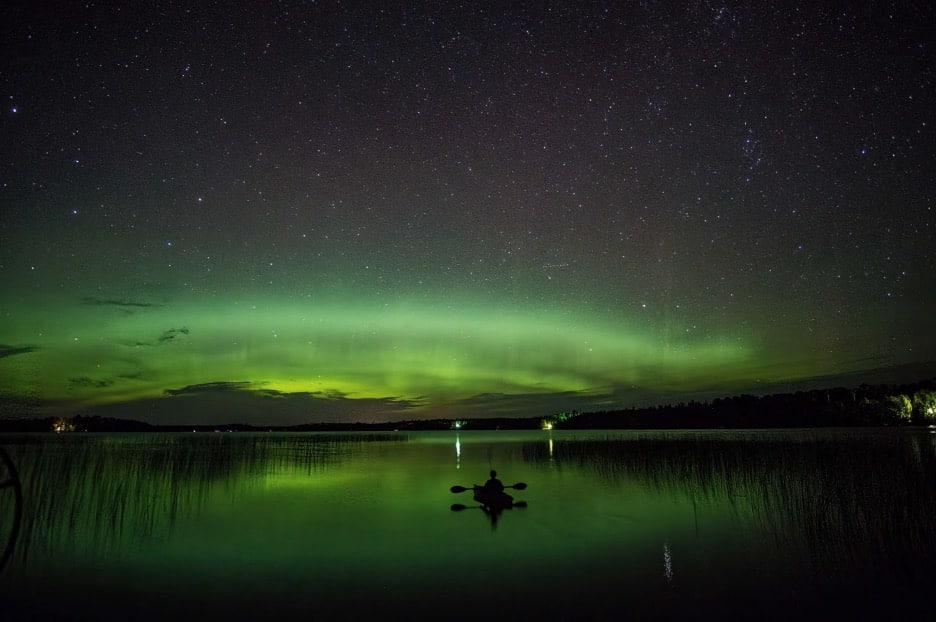
WHERE?
Top 4 Recommended Viewing Locations
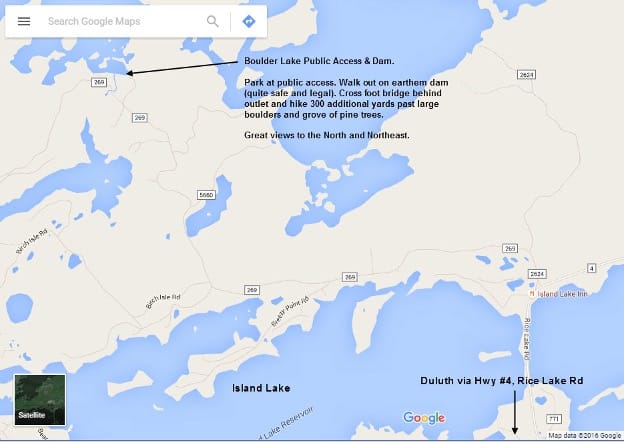
- Boulder Lake (Boulder Lake is a great Northern Lights viewing location and is a 35 minute drive north of Duluth). Google Maps Link.
- Splitrock Lighthouse State Park’s Pebble Beach. You will need a previously purchased park pass as the park office is not open at night. Google Maps Link
- Stoney Point (10 miles north of Duluth via Scenic 61). When the waves are crashing this is also a popular spot to watch Lake Superior surfers! Google Maps Link.
- Brighton Beach near Lester River in Duluth. This spot is much more affected by Duluth’s lights. Google Maps Link.
- (BONUS) Any North facing boat launch, or lakeshore inland from Two Harbors (Lake County #2), Tofte (Sawbill Trail) or Grand Marais (Gunflint Trail)
We recommend first visiting all potential viewing locations during daylight hours. Finding and stumbling around in the dark in an area with which you are not familiar is difficult and can even be dangerous.
Enjoy the Northern Lights! They are one of nature’s truly special experiences. If you want to learn more about the Aurora Borealis and the qualities that make Northeastern Minnesota special, visit Rich Hoeg’s website, 365DaysOfBirds.com.
About Rich Hoeg

Rich is an outdoorsman who loves helping folks learn about nature. He has also written and photographed three children’s picture books about owls. He gives away PDF fullcopy versions of his books via his web site.
